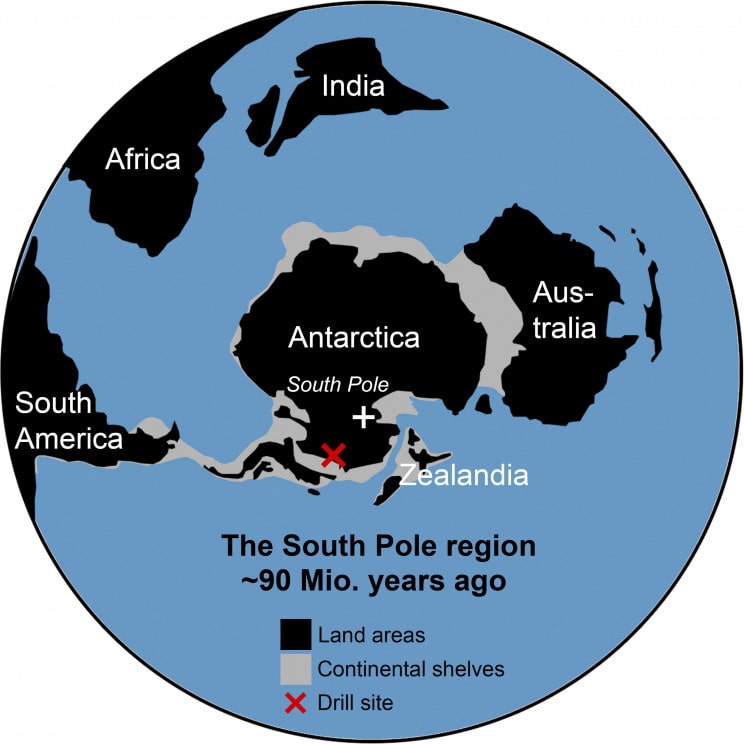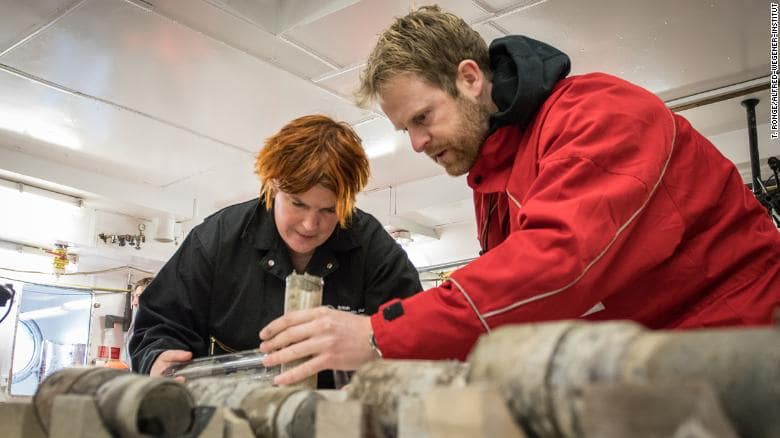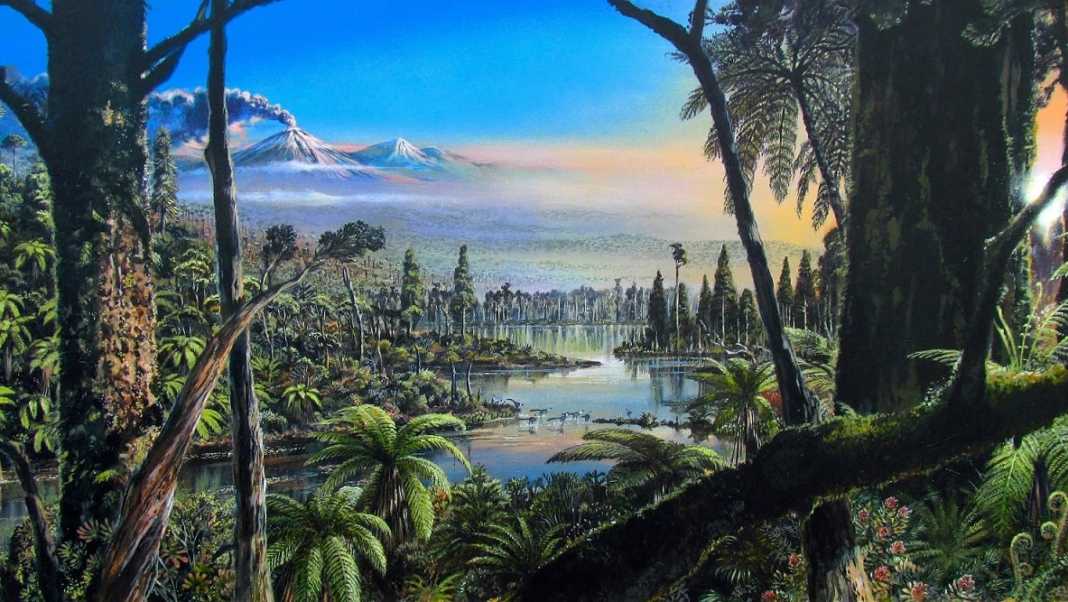Of all the continents on the surface of the planet, none is perhaps as mysterious and beautiful as Antarctica. Since time immemorial, the icy continent has been a desert where life struggles to survive. Although many experts have theorized that in the distant past things were different in Antarctica, we’ve never really known to what extent this may have been so. However, things have just changed: a group of experts has discovered conclusive evidence that Antarctica was covered by extensive forests in the distant past where life flourished for millions of years.
The forest, which existed 90 million years ago, when dinosaurs still roamed the Earth, existed at a time when global temperatures were far higher, with sea levels estimated to have been up to 550 feet above what they are today.
Earth’s climate has changed many times over the course of its history, with global temperatures increasing and decreasing drastically over millions of years. During ice ages, temperatures plummet and polar ice sheets extend toward the equators.

Some scientists believe that at certain points, almost the entire planet has been frozen in what is known as a “snowball Earth.” During periods of extreme warming, known as “hothouse Earth,” global temperatures increase drastically.
One of the most recent periods of warming was 56 million years ago, during the Paleocene-Eocene Thermal Maximum. At this time, global temperatures rose between 5 and 8 degrees Celsius.
Johann Klages, from the Alfred Wegener Institute Helmholtz Centre for Polar and Marine Research, Germany, and colleagues have now found global temperatures were also high enough 90 million years ago for a forest to have existed near the South Pole. “We didn’t expect anything like this,” he told Newsweek. “An entirely terrestrial record of Antarctic forest soil at 82 degrees south!”

They found traces of the preserved forest in a sediment core drilled from the seabed in West Antarctica, near the Pine Island and Thwaites glaciers. They noticed one section, which would have once been on land, was an unusual color. “We just saw that we probably found something very special and it turned out to be true during our analyses of the following two-and-a-half years,” Klages said.
Scans of the sediment showed the soil contained a dense network of fossilized roots. They had been so well preserved they could make out cell structures. Klages said the climate may have been comparable with the temperate rainforests in the northwestern part of New Zealand’s South Island.
Their findings, published in the journal Nature, suggest atmospheric carbon dioxide levels at this time were higher than previously thought. The team says the average temperature in Antarctica at this time would have been around 12 degrees Celsius, reaching roughly 19 degrees in the summer. The water temperature would have been up to 20 degrees Celsius. They estimate CO2 levels would have been between 1,120 to 1,680 ppm (parts per million), rather than 1,000 ppm that was previously thought. CO2 levels currently hover around 400 ppm.
While there was no evidence of the types of animals that may have lived in the forest, Klages said it could be assumed there would be many species living there at this time, possibly even dinosaurs. “It would be more surprising if not.” he said.
Study co-author Tina van de Flierdt, from Imperial College London, U.K., the exceptional discovery has opened up a new view of Antarctica at this time. “Even during months of darkness, swampy temperate rainforests were able to grow close to the South Pole, revealing an even warmer climate than we expected,” she said in a statement.
Klages said they now hope to create more detailed models based on their findings: “Temperate conditions around the South Pole are hard to simulate by models because in return temperatures in subtropics and tropics are becoming way too warm. So there are still large uncertainties and we would like to get rid of them.”


